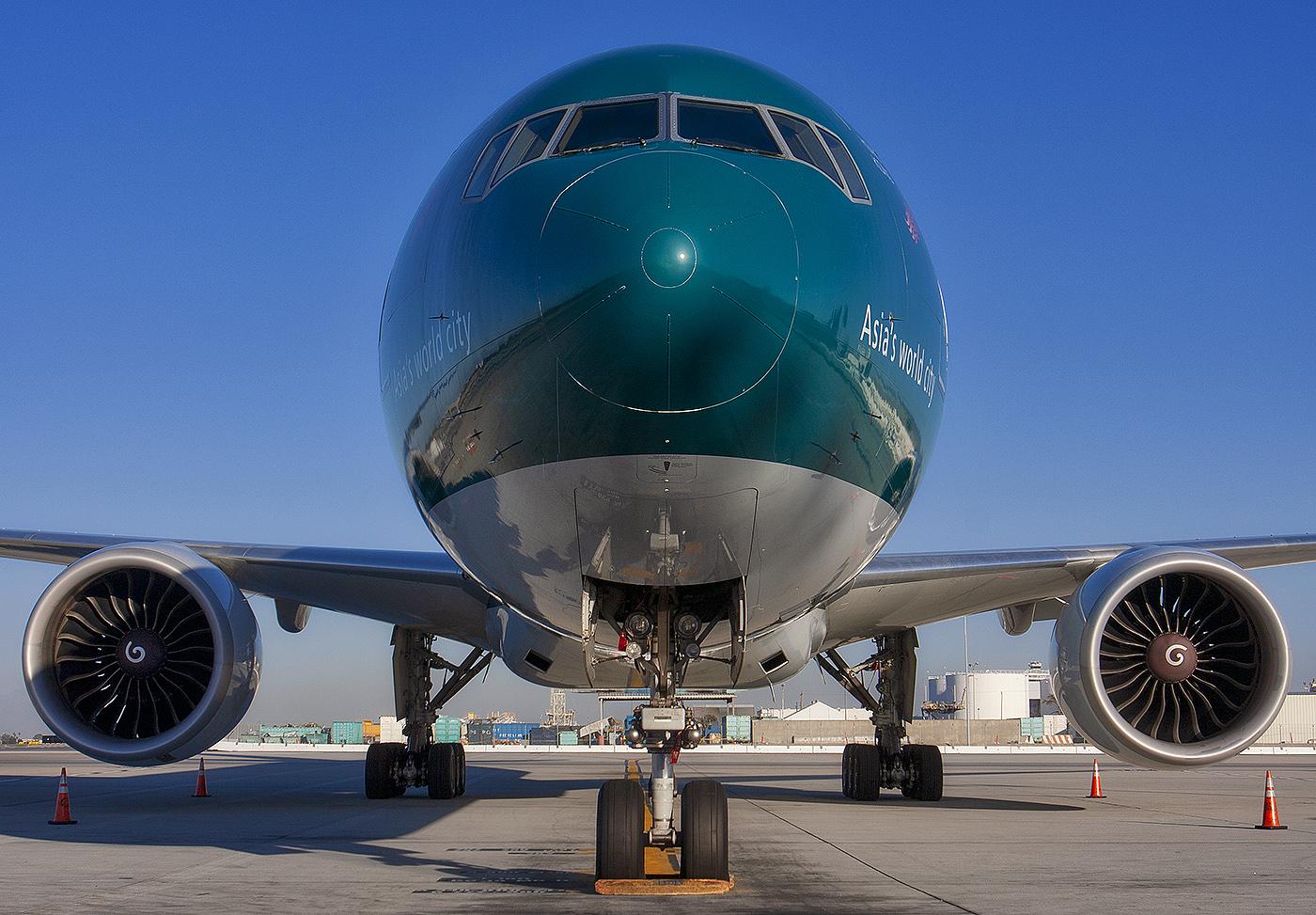
Credit: Joe Pries
An expected surge in air transport retirements driven by reduced demand is still not underway, with about 200 airframes booked as permanently removed from the global fleet through the first five months of 2021, a preliminary analysis by Naveo Consultancy shows. “Most of the aircraft retired in 2020...
Subscription Required
This content requires a subscription to one of the Aviation Week Intelligence Network (AWIN) bundles.
Schedule a demo today to find out how you can access this content and similar content related to your area of the global aviation industry.
Already an AWIN subscriber? Login
Did you know? Aviation Week has won top honors multiple times in the Jesse H. Neal National Business Journalism Awards, the business-to-business media equivalent of the Pulitzer Prizes.





